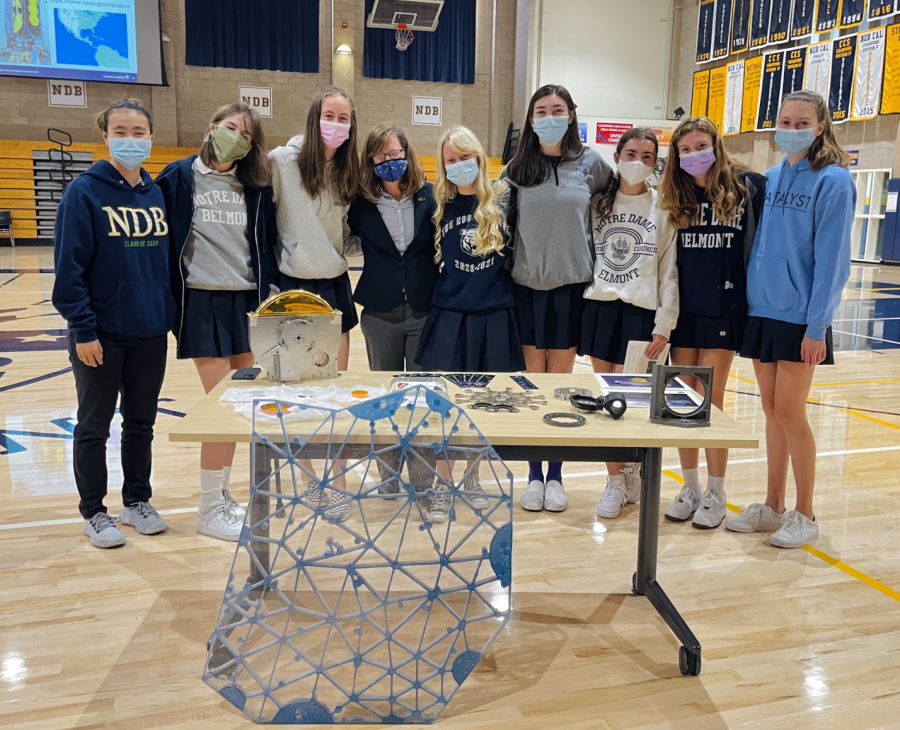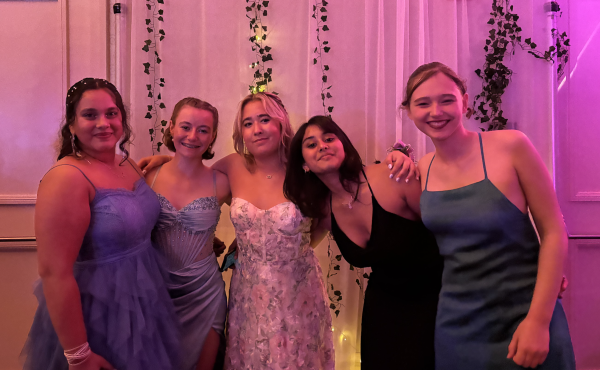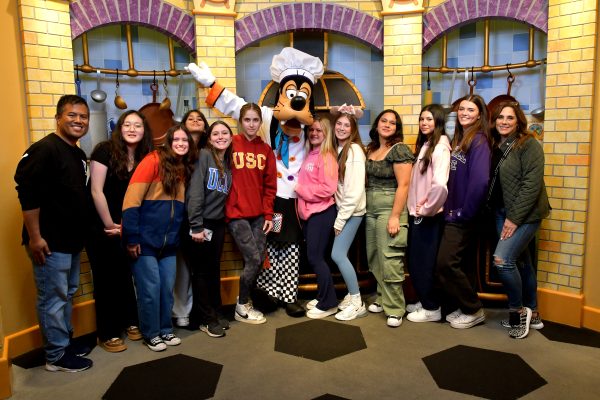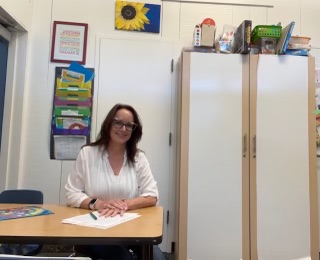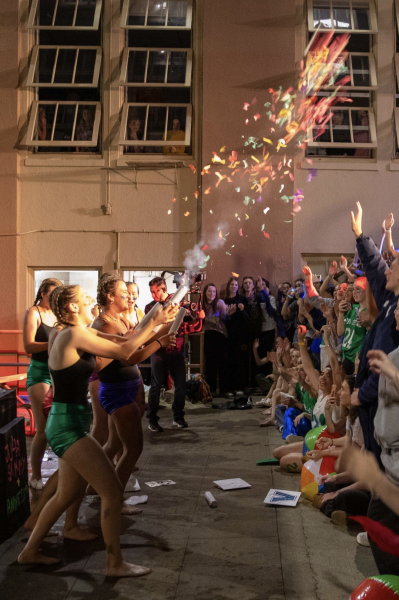Women’s Leadership Program
The Catalyst / @NDBTIGERS
Alison Nordt presented on the James Webb space telescope and her leadership role in the project. After the talk, students could see parts of the telescope up close and ask questions about her work.
On Thursday, November 18, speaker Dr. Alison Nordt came to talk to the NDB community about her experiences as the Director of Space Science and Instrumentation at Lockheed Martin’s Advanced Technology Center for the Women’s Leadership Program.
The presentation started off with a short video from NASA about the James Webb Space Telescope, a project which Nordt has been working on for 20 years. Her work focused on the camera inside the telescope, the Near InfraRed Camera (NIRCam).
The Webb Space Telescope has been made with the goal to see the first light in the universe. The telescope will use the infrared light spectrum to see heat, allowing the telescope to look at stars and very old light. In her presentation, Nordt gave an overview of how the telescope works and described some of the challenges that came with building the large and complex instrument. Due to the temperature sensitive nature of infrared light, the telescope has to stay cold while in space. Using a large sun shield to block the sun and earth’s heat, the telescope will stay cool enough for the instruments to operate correctly.
The telescope itself is huge, and its sunshield stretches as long as a tennis court when in use. Because of its large size, Webb will need to be folded up to fit inside the Ariane-5 rocket. Once the telescope leaves the rocket, it will unfold origami-style.
After many test runs, the Webb Space Telescope is currently set to launch December 22, 2021 at 4:20 AM Pacific Standard Time from French Guiana.
Nordt began her work on Webb in the early 2000s, but had wanted to be an astronaut ever since age three. She watched space launchings and other large space breakthroughs growing up, fueling her love of space. Although she did not become an astronaut, she worked on the most powerful space telescope created yet.
“Shoot for big, audacious goals and keep your eyes open and head up for opportunities along the way,” Nordt told the audience during her presentation.
Before Webb, she became a mechanical engineer and still planned to be an astronaut. She went through an interview process, but she did not get calls back after the interview process. Along the way, she began working on the Webb Space Telescope and ended up becoming the program manager for NIRcam, dedicating two decades to this pursuit.
“Whatever becomes your endeavor, be passionate about it,” Nordt shared.
During her time working on the telescope, she was able to overcome many obstacles, including gender stereotypes regarding the field she worked in. She spoke about how she was able to overcome these biases, and how she just never let it get to her.
She explained that in many jobs such as hers, women have to work harder and more than men to get the same amount of recognition. However, her amazing work shows that women are capable of having leadership roles in STEM, providing inspiration for the NDB community.
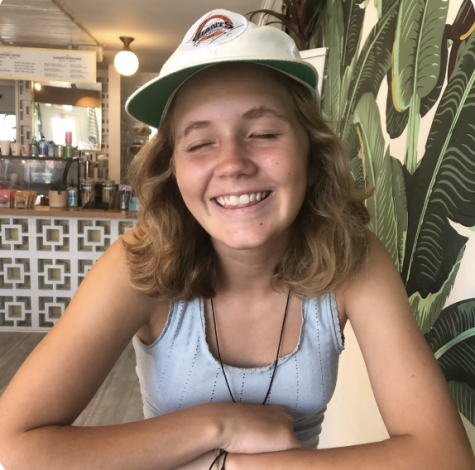
Emma Callicott is a Sophomore at NDB. This is her second year taking journalism and she is very excited to grow as a journalist. She can't wait to write...
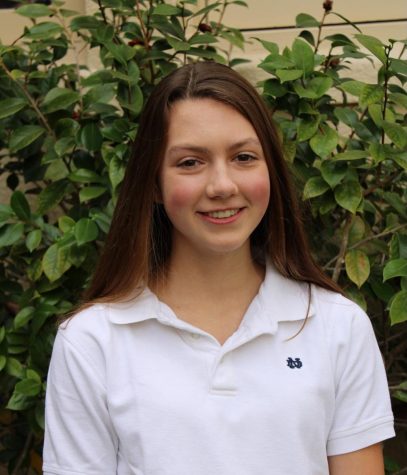
Peyton Daley is a senior and this is her third year as a Catalyst writer. She served as Arts & Life Editor her sophomore year and Managing Editor her...
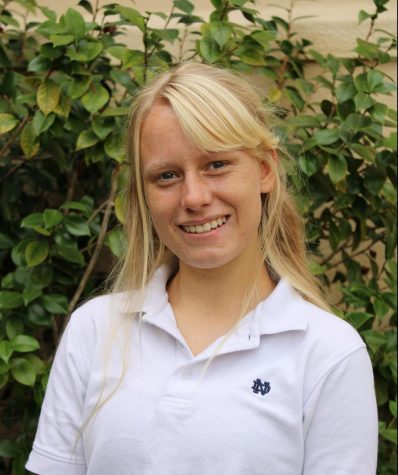
Clair Sapilewski is the Managing Editor and is in Journalism II this year. This is her third year writing articles for The NDB Catalyst.
She...

